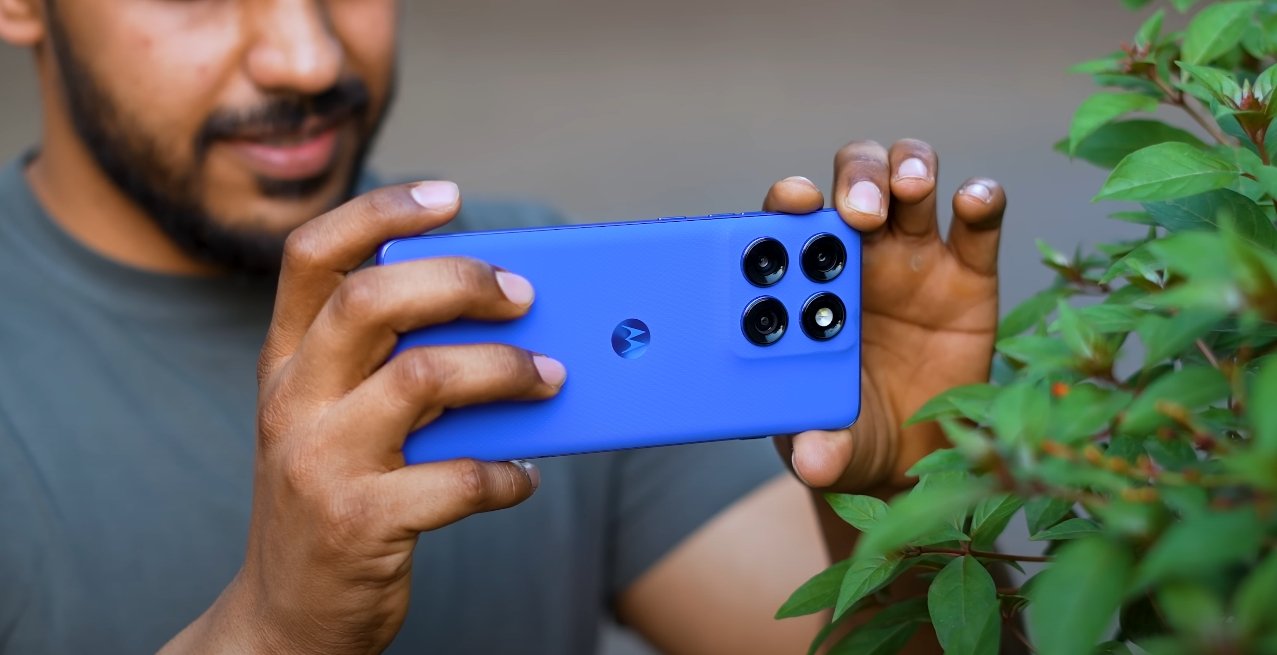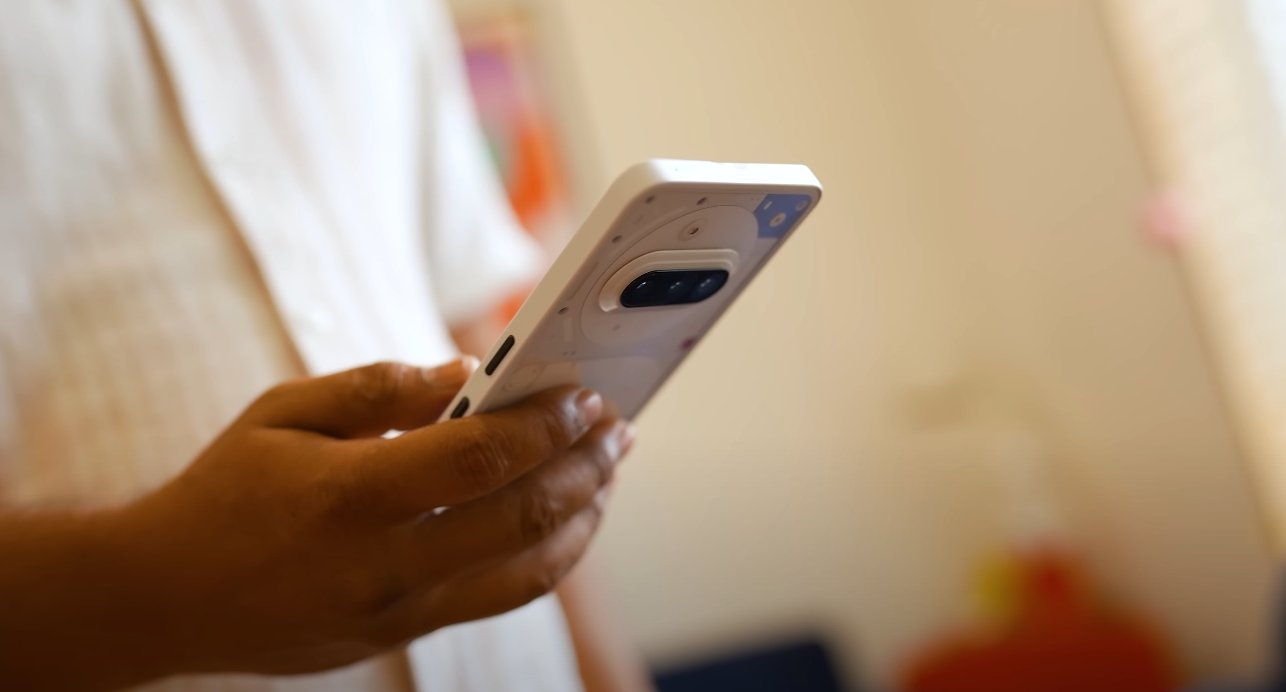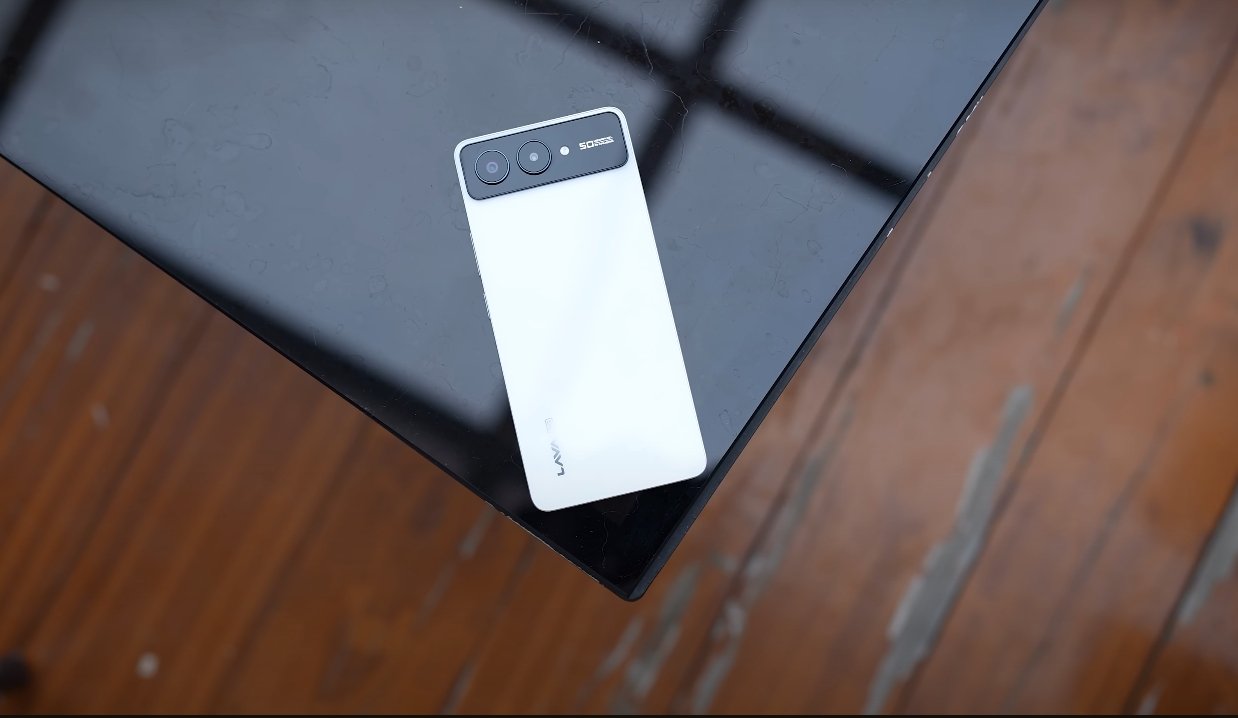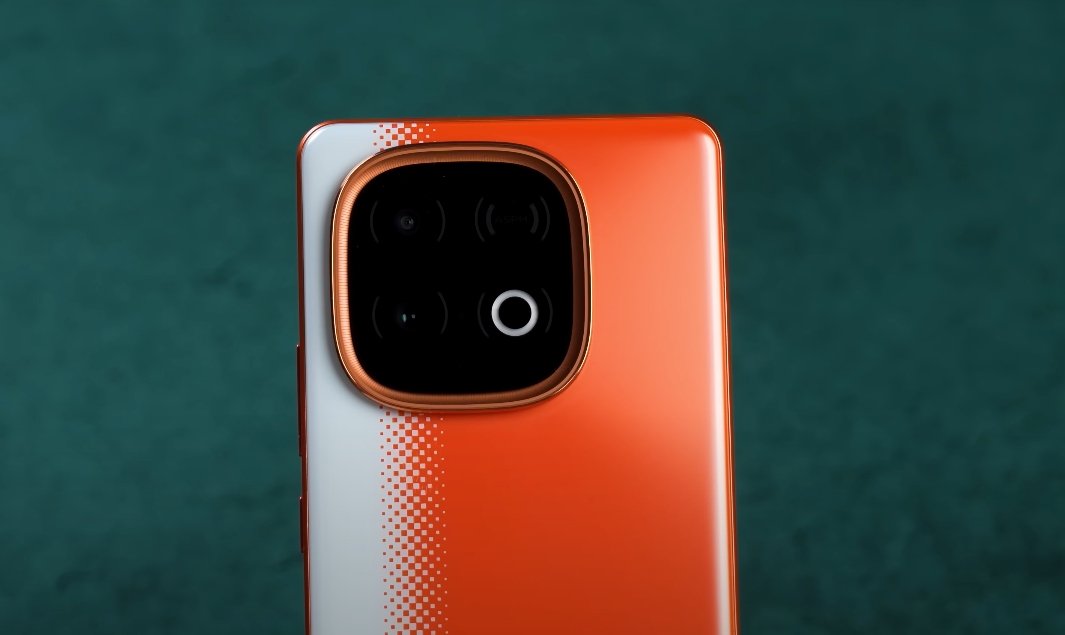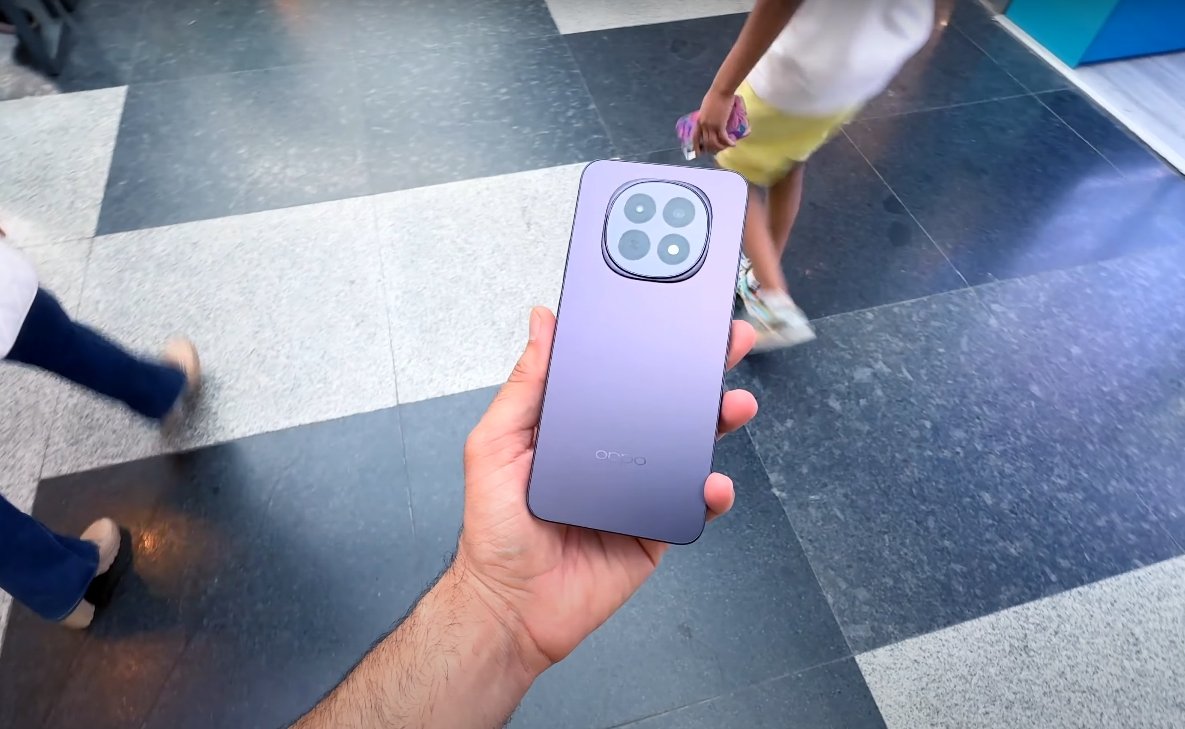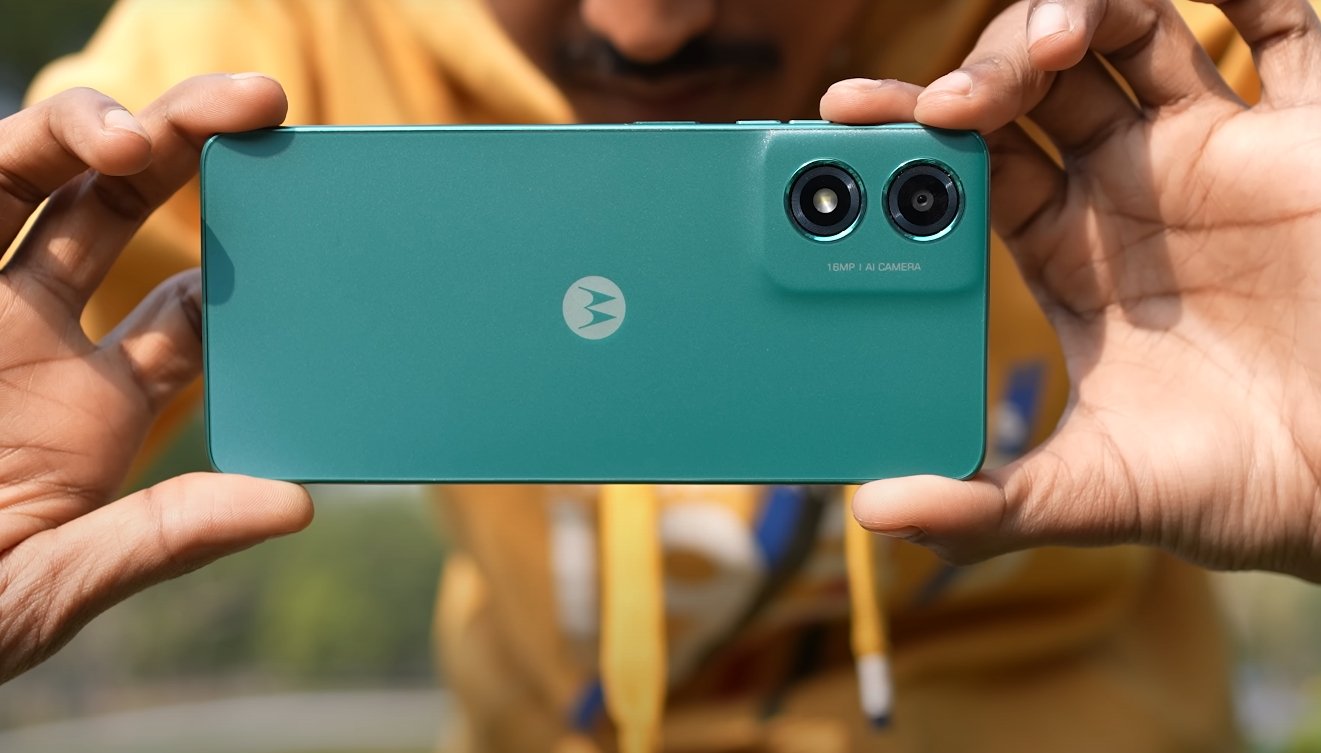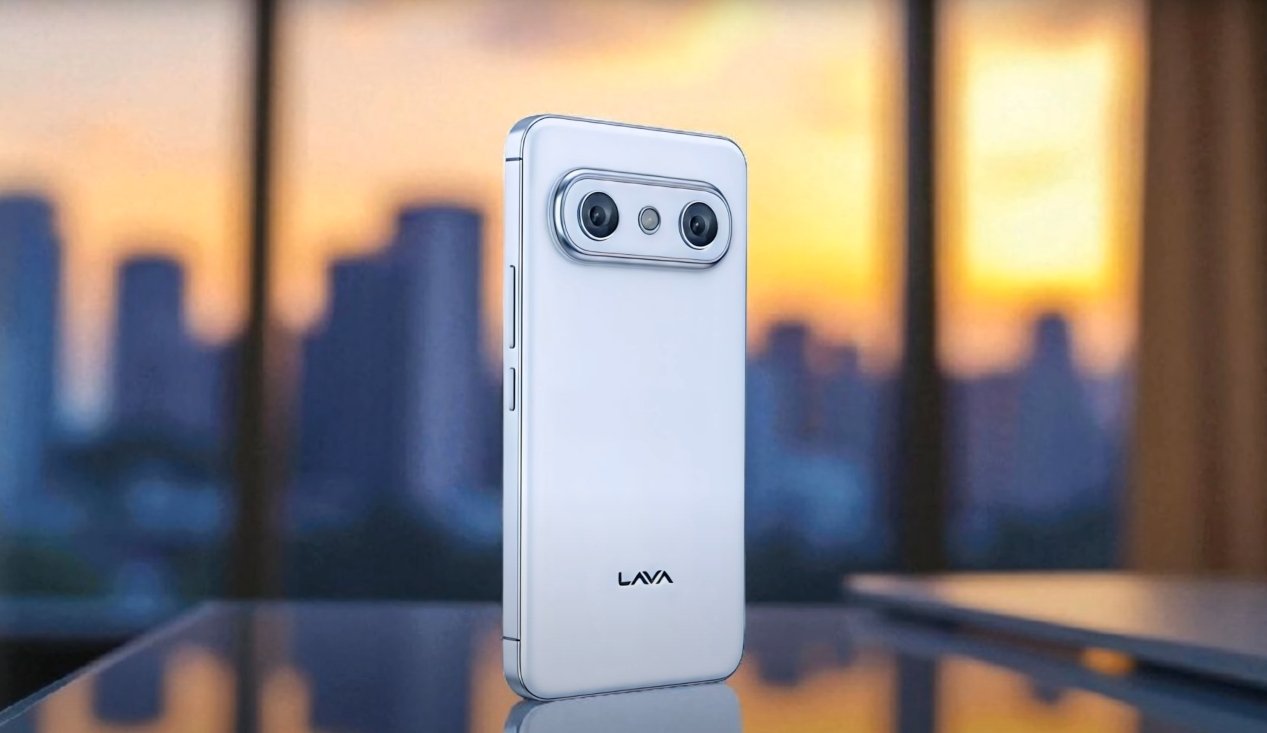A Complete Comparison Between Motorola Edge 70 and Google Pixel 9a
The competition in the mid-premium smartphone category is getting more intense as Motorola prepares to launch the Edge 70, while Google’s Pixel 9a is already making headlines for its clean software and AI-powered features. Both devices target users looking for flagship-like performance without the ultra-premium price tag. Here’s how these two phones stack up in terms of design, display, camera, battery, performance, and software.
The Motorola Edge 70 is expected to continue the brand’s design legacy with an ultra-slim profile, curved edges, and a sleek glass back. Motorola has focused on premium color finishes and refined detailing, aiming to make it one of the thinnest 5G phones in its class. It’s rumored to feature an aluminum frame with strong protection against water and dust, possibly rated at IP68. In contrast, the Google Pixel 9a sticks to its iconic Pixel design with a sturdy metal frame, matte glass finish, and a subtle camera bar. While slightly thicker and heavier, the Pixel 9a feels solid and practical for daily use, appealing to users who prefer a minimalist yet functional build.
In terms of display, Motorola’s Edge 70 could feature a 6.67-inch pOLED panel with a 1.5K resolution and a 144Hz refresh rate, offering smoother scrolling and gaming experiences. The display is expected to deliver rich contrast, deep blacks, and vivid colors, making it ideal for media consumption. The Pixel 9a, on the other hand, comes with a 6.3-inch Actua pOLED display with a Full HD+ resolution and adaptive 120Hz refresh rate. It’s designed for excellent outdoor visibility, with high peak brightness that performs well under sunlight. While Motorola aims for immersion with its curved design, Google prioritizes color accuracy and brightness, catering to users who value balanced visuals.
Performance is another area where both devices bring something unique. The Motorola Edge 70 is likely to be powered by a Snapdragon 7 Gen 4 or an equivalent chipset, paired with up to 12GB of RAM and 512GB of storage. This setup would deliver solid multitasking and smooth gaming performance while maintaining efficiency for extended use. The Google Pixel 9a runs on the Tensor G4 processor, designed by Google for optimized AI integration and smart processing. While it may not lead in raw speed tests, the Pixel’s real strength lies in its intelligent resource management and integration of on-device AI tools that enhance both performance and usability.
Cameras are a defining feature for both phones. Motorola is expected to equip the Edge 70 with a dual 50MP setup that includes a primary sensor with optical image stabilization and an ultra-wide lens. The company has reportedly refined its image algorithms to produce sharper and more color-accurate photos. The Pixel 9a, known for its computational photography, features a 48MP main sensor and a 13MP ultra-wide camera. Google’s software-driven enhancements, like Night Sight and Real Tone, continue to set a benchmark for mobile photography. While Motorola focuses on improving hardware quality and color detail, Google relies on its software expertise to deliver consistently impressive shots in all lighting conditions.
Battery life and charging speeds are also major factors for users. The Motorola Edge 70 is rumored to include a 4,800mAh battery with 68W fast charging support, capable of providing hours of use with just a few minutes of charge. Motorola might also include wireless charging, although that remains unconfirmed. The Pixel 9a carries a slightly larger 5,100mAh battery with moderate wired charging speeds but supports wireless charging out of the box. Google’s optimization ensures excellent battery endurance, often lasting a full day with ease. While Motorola focuses on fast power delivery, Google aims for long-term stability and efficient usage.
When it comes to software, the Pixel 9a clearly takes the lead. It runs on Android 15 with the promise of seven years of software and security updates, ensuring users stay protected and up-to-date for much longer. It also integrates AI features like real-time translation, voice typing, and image editing powered by Google’s Gemini AI. The Motorola Edge 70 is expected to run Android 16 with My UX on top, which keeps the interface close to stock Android while adding practical customization options. Motorola has been improving its update policy, though it still trails behind Google in long-term support.
Overall, both smartphones bring strong features but cater to slightly different users. The Motorola Edge 70 is ideal for those who prioritize design, display quality, and fast charging, making it a stylish and performance-driven choice. The Google Pixel 9a, however, is better suited for users who value camera quality, clean software, and reliable long-term updates. While the Edge 70 leans toward a premium aesthetic and high refresh rate performance, the Pixel 9a focuses on practicality, smart features, and consistent user experience.
In summary, if you want a futuristic design with a high-refresh display and impressive charging speeds, the Motorola Edge 70 might be the one for you. But if your priority is camera excellence, AI features, and years of dependable support, the Pixel 9a remains one of the most balanced choices in its category. Both phones define the evolving mid-range segment in their own way, offering users a blend of style, intelligence, and performance that sets a new benchmark for 2025.
Also Read: Vivo X300 FE design leak shows refined USA variant look
